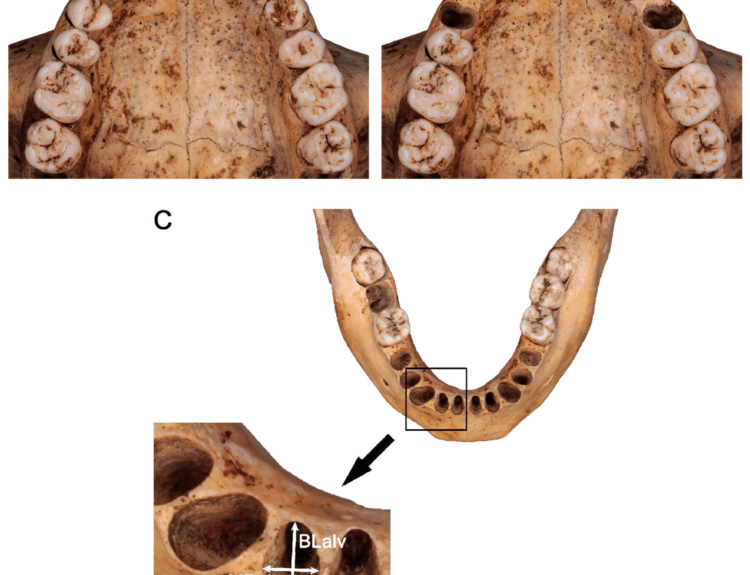The most common dental diseases, tooth decay and gum ailments, result from the longstanding biofilm on tooth surfaces. A tenacious layer, known as the pellicle, is always present on the teeth. The pellicle adheres strongly to germs in the mouth, forming a microbial community referred to as dental plaque. It comprises of bacteria, saliva, food particles, and other debris & develops when sugars and starches in the mouth interact with oral bacteria, creating an acidic environment. If not removed through regular brushing and flossing, plaque hardens into tartar, leading to gum inflammation and diseases.
Dental plaque can be disclosed using plaque disclosing agents that highlight its presence, making it easier to identify and remove. These agents are available in the form of tablets, solutions, or gels and contain harmless dyes that stain plaque, usually in bright colors like red, pink, or blue. The person chews the tablet, swishes it around the mouth, and spits it out. The dye adheres to areas of plaque, making it visible. For solution or gel, the patients apply liquid or gel is directly to the teeth using a swab or brush, staining the plaque for easy identification.
Many people mistakenly identify the soft, non-mineralized, whitish deposit found around the gingival margins, often associated with poor oral hygiene, as dental plaque. However, this substance is materia alba, not plaque. Materia alba consists of food debris, microorganisms, and dead cells.
Dental plaque is an invisible film of bacteria that firmly adheres to teeth. It cannot be removed solely by rinsing. Unlike plaque, materia alba is a visible, soft deposit. The individual can easily remove it by simple rinsing.







